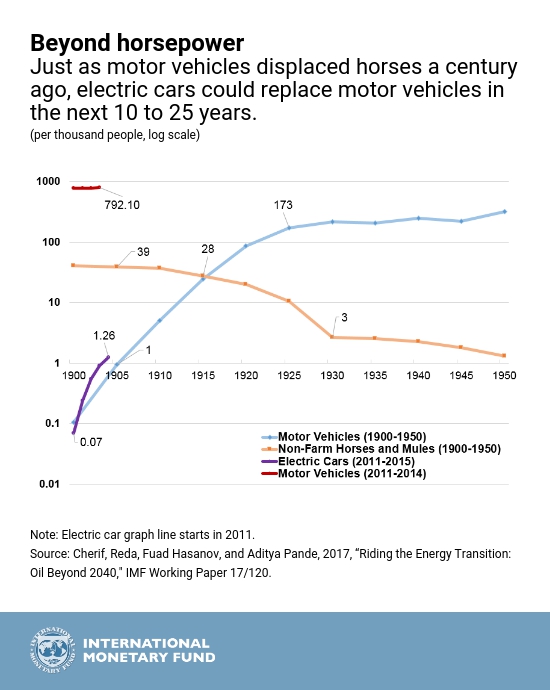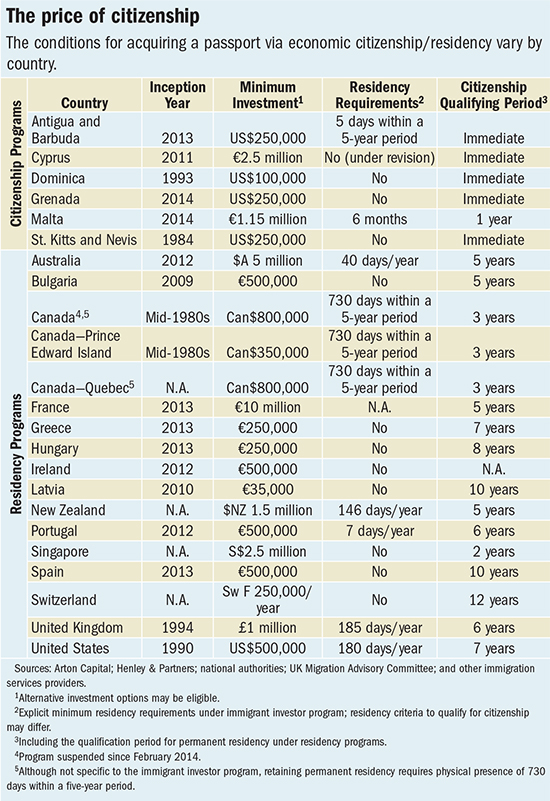My friend Mart lost her job this week.
I know all about losing a job. Over the years I was fired or laid off four times.
Getting laid off is humiliating and insulting. The process is stressful and and unpleasant. The aftermath, where you have to deal with your feelings about the fact that other people kept their jobs while you lost yours, at the same time that you deal with having a sharply lower income, layers more stress and unpleasantness on top of that.
Losing a job is also frightening. It fills your future with unknowns.
The middle time I was laid off, my former employer hired an expensive outplacement firm to help us make the transition. We had a series of meetings at an off-site location where a counselor gave us advice on dealing with the emotional and practical issues. Although the somewhat simplistic advice was another layer of insult piled on top of the insult of being let go, it was actually pretty well done. I used what I learned there for pep talks that I’d give former coworkers when they were let go. I used it as the basis for part 1 (losing a job) of the Wise Bread series I wrote on getting by without a job.
These last few decades—as the whole economy has adjusted to eliminate the working-class jobs that used to provide a middle-class standard of living—losing a job has become even worse than it was back when I lost mine. And yet, while losing a job is a pretty bad thing, but it’s not always purely bad. Even people who love their job don’t love everything about it. (Mart in particular, I think, loved books a lot more than she loved her job at a bookstore.)
Still, losing a job sucks, even if things go as well as possible after that.
Visit Mart’s website! Consider buying her book!



